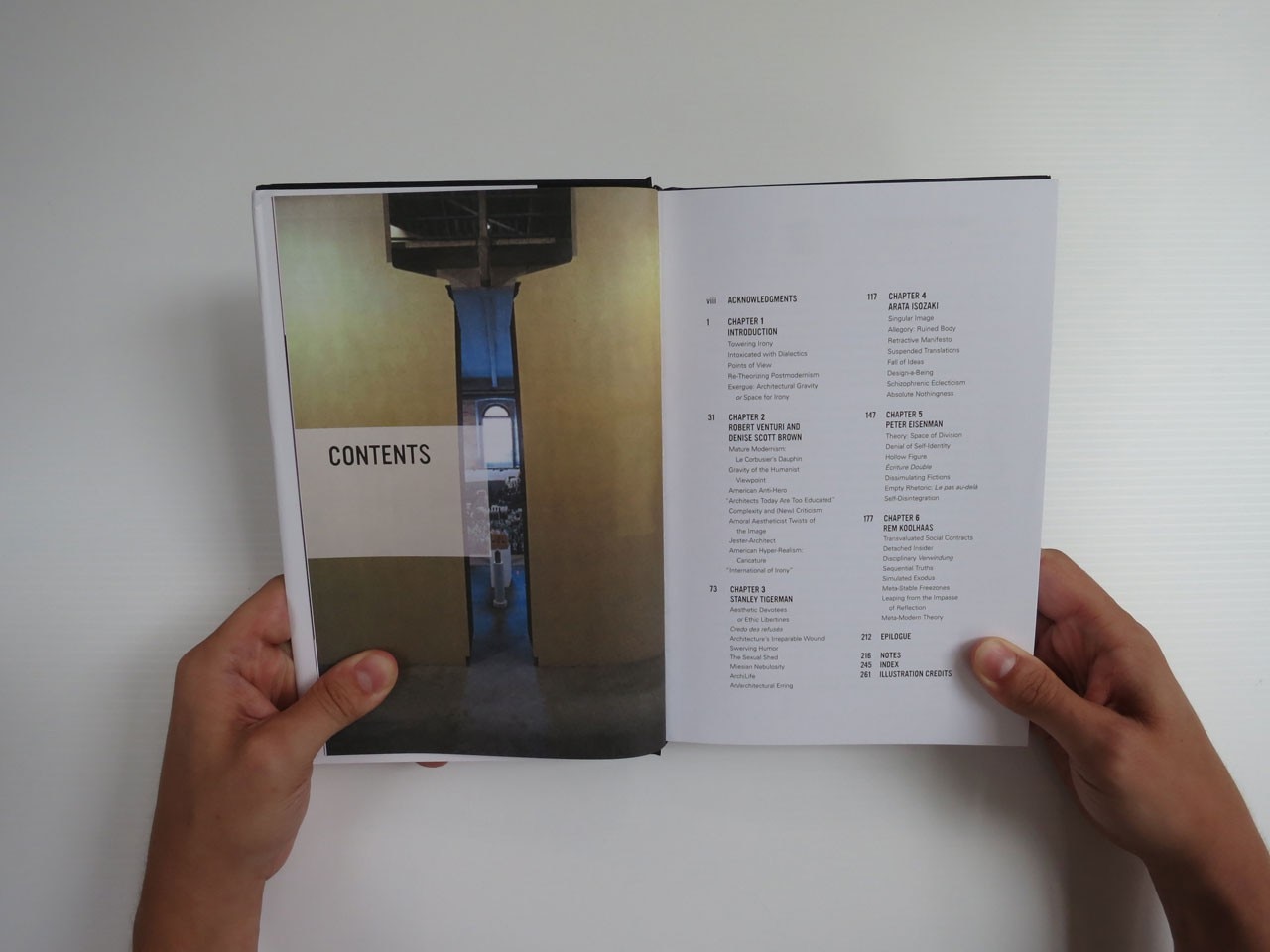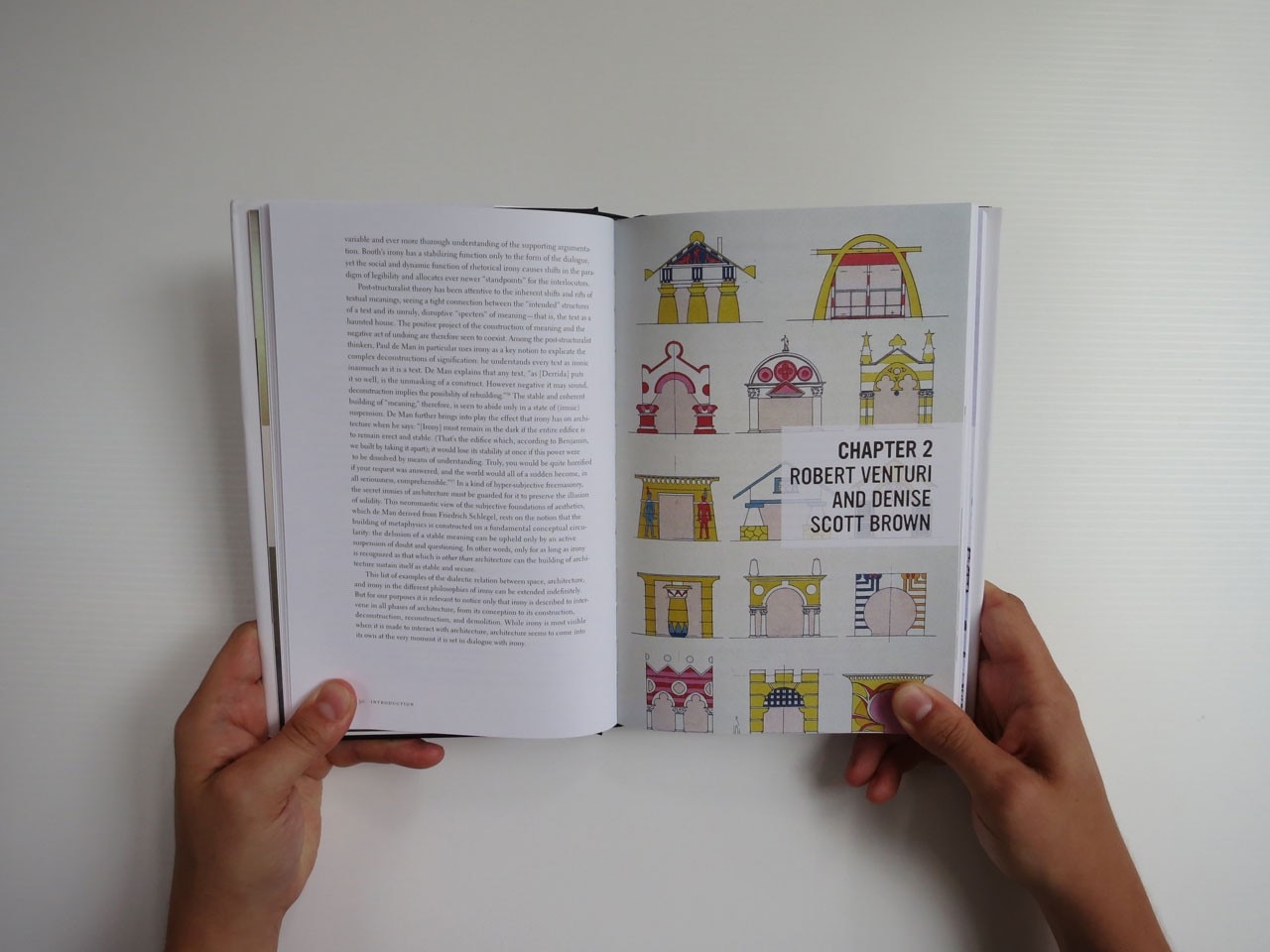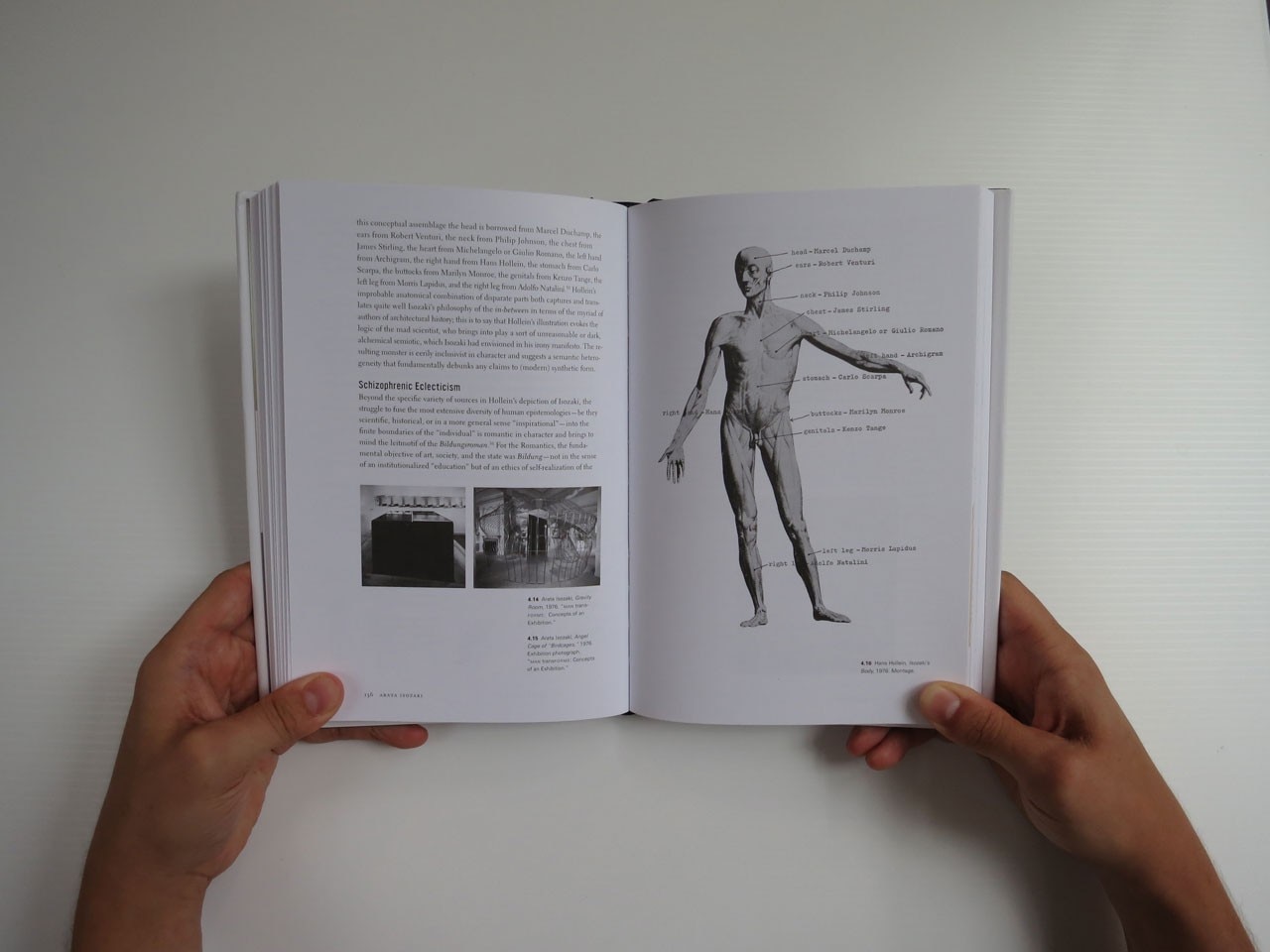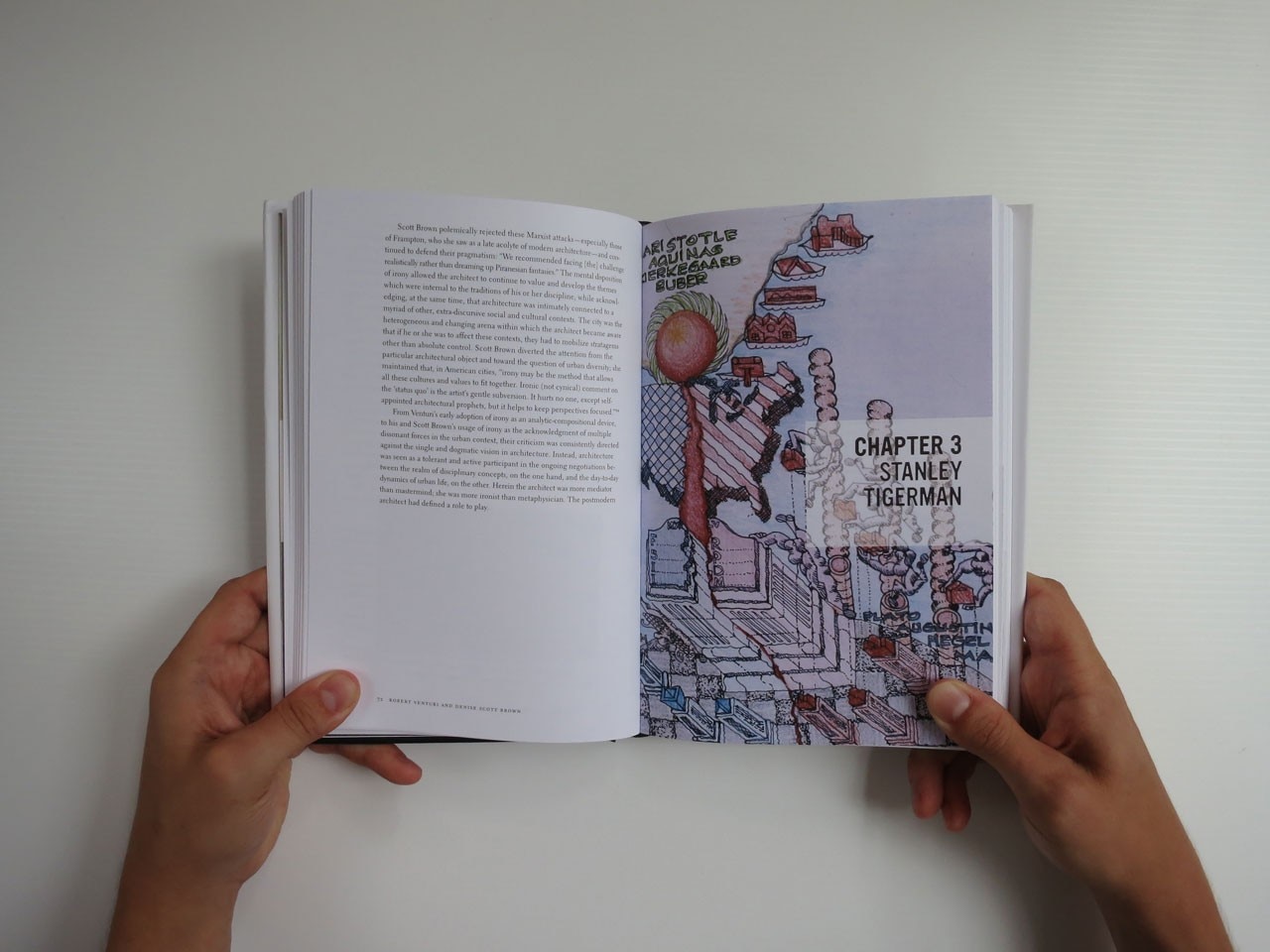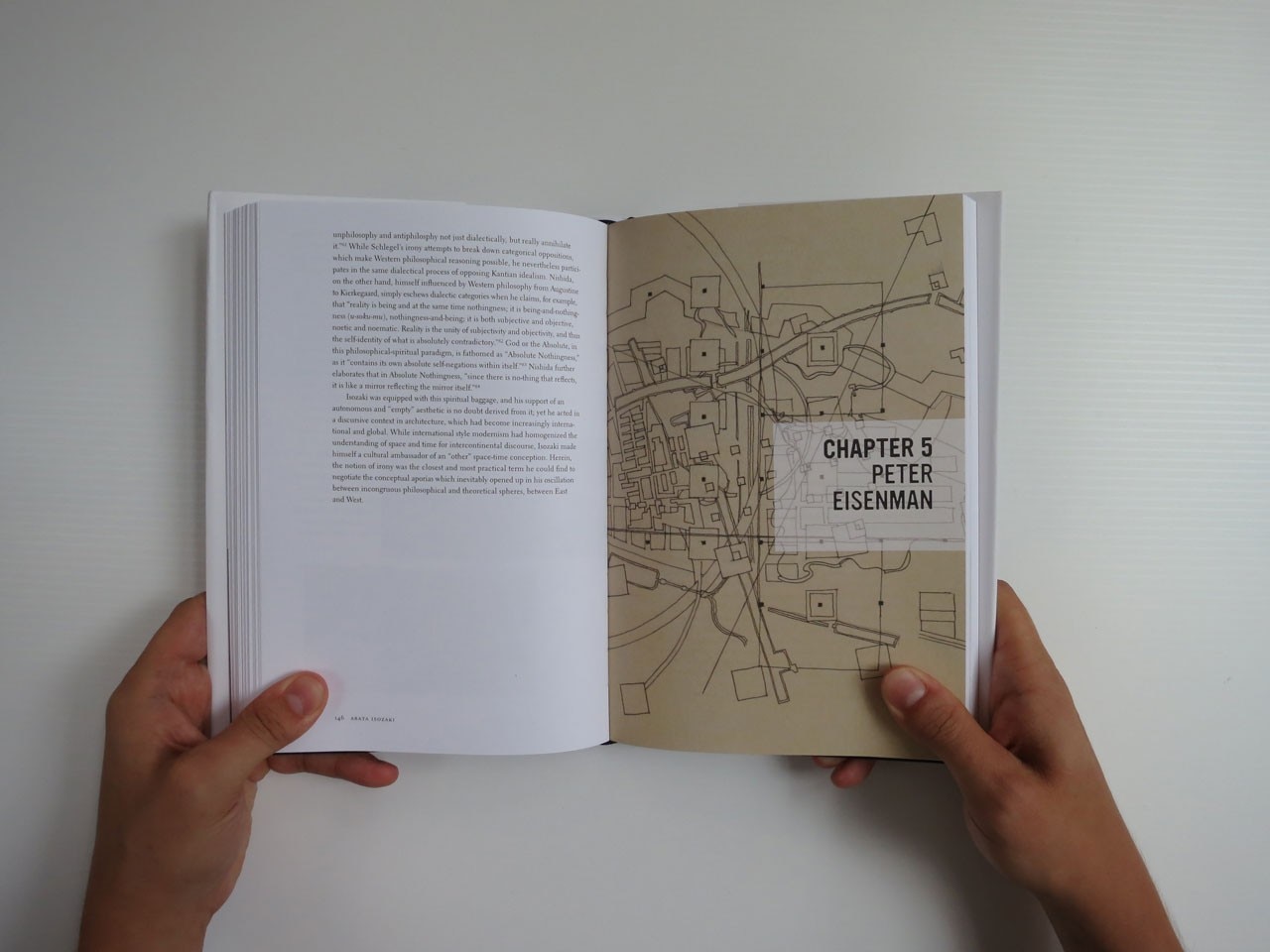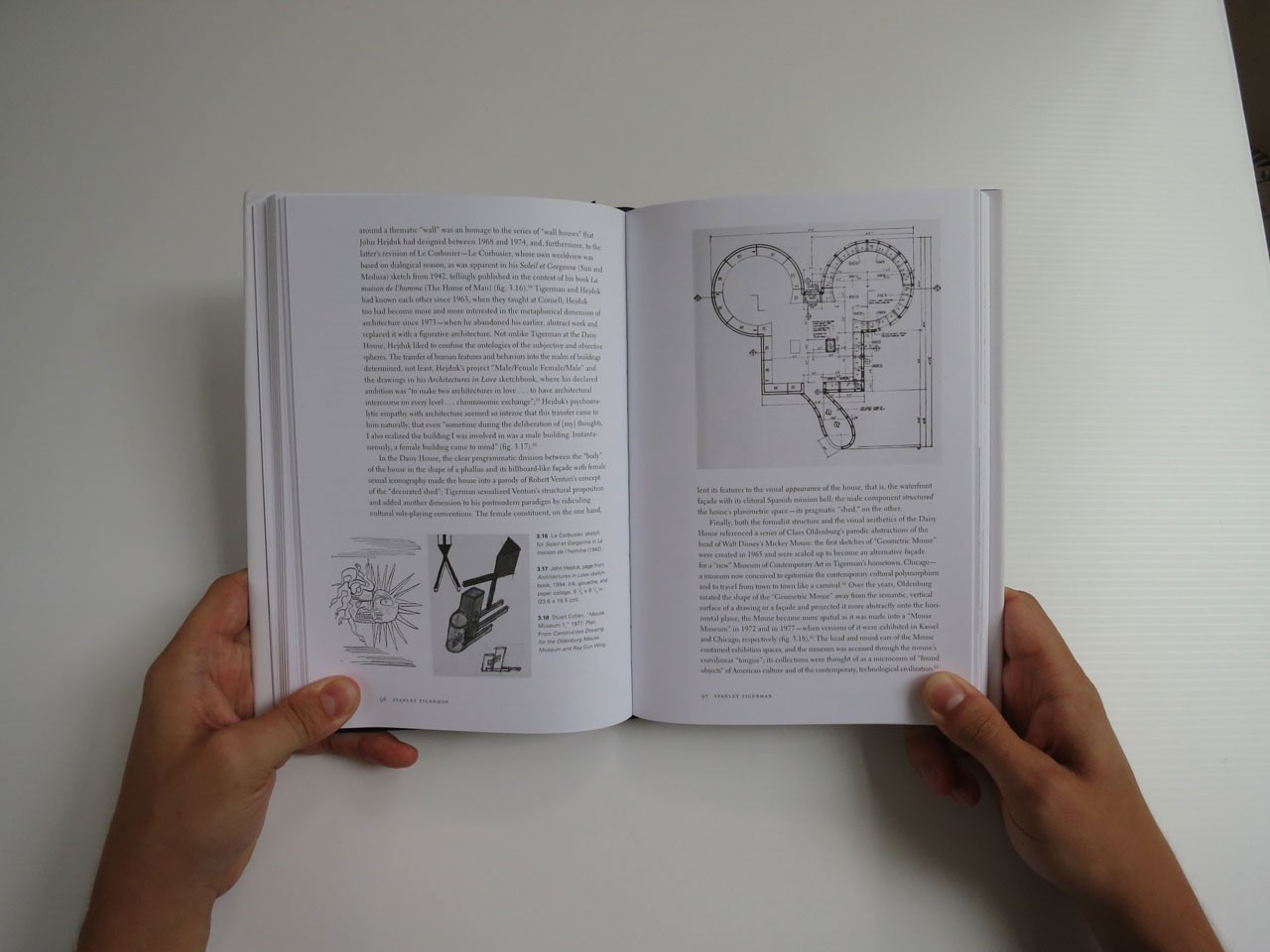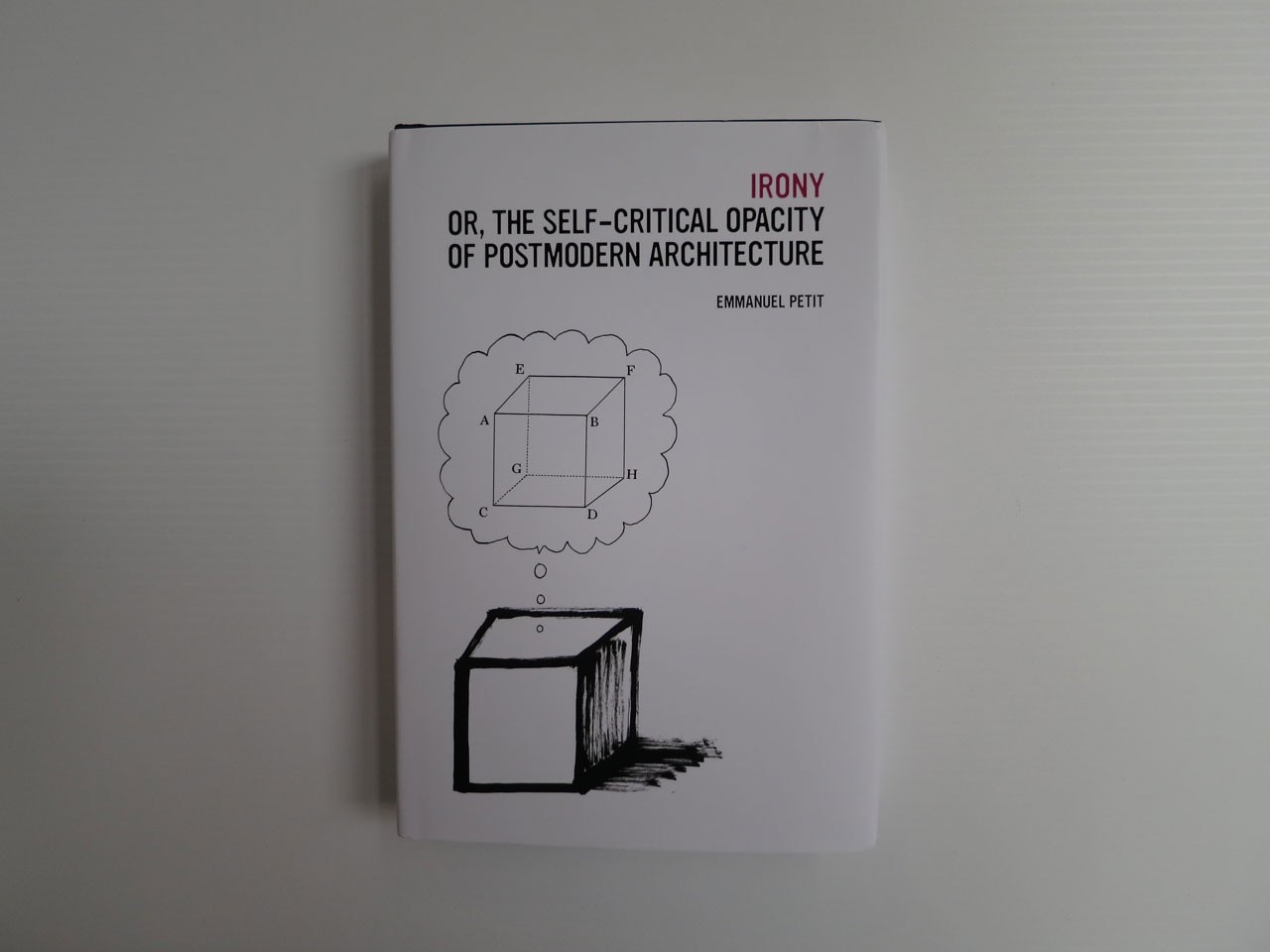“Post-modern” architecture gets a bad rap. Called everything from "transvestite architecture”, to “architectural vandalism”, the intellectual movement of “Post-modernism” that surfaced in the mid-1950s devolved into a stylistic, superficial fad, commonly known as "PoMo" by the early 80s.
